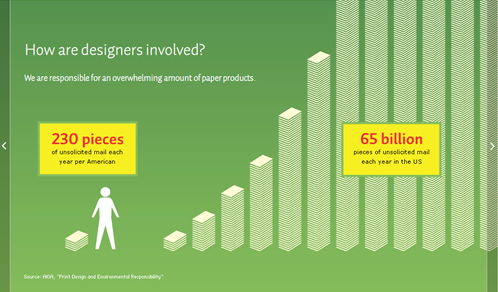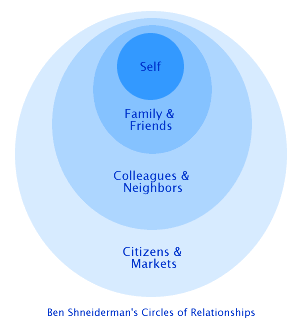June 21st
Design vs. Art Quotes
From the your-audience-knows-best department…
Last week I posted Design is not Art, Redux, another discussion about one of the principles I design by. The post ended up being the smartest thing I’ve posted in a long while, and it wasn’t because anything I said. My readers, Bokardoans, as I like to call them, shared some seriously deep insight into the issue. I’m reposting some of my favorite responses here…but the whole thread is interesting.
Mark Rodriguez asks:
“I think the conversation boils down to that design and art are totally judged by two different measurements of value. The purposes are different. Is the purpose of design to ‘touch the soul’ as most art aspires to do?”
Continue Reading: Design vs. Art Quotes


